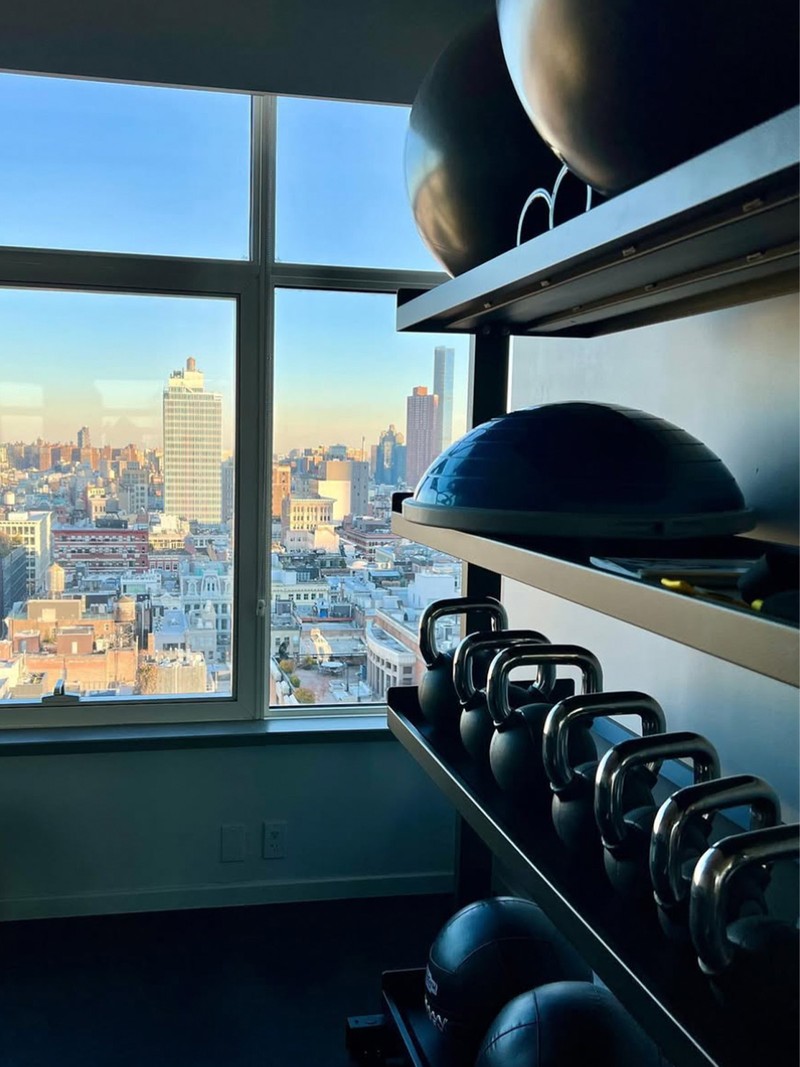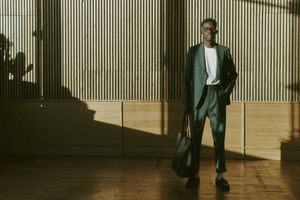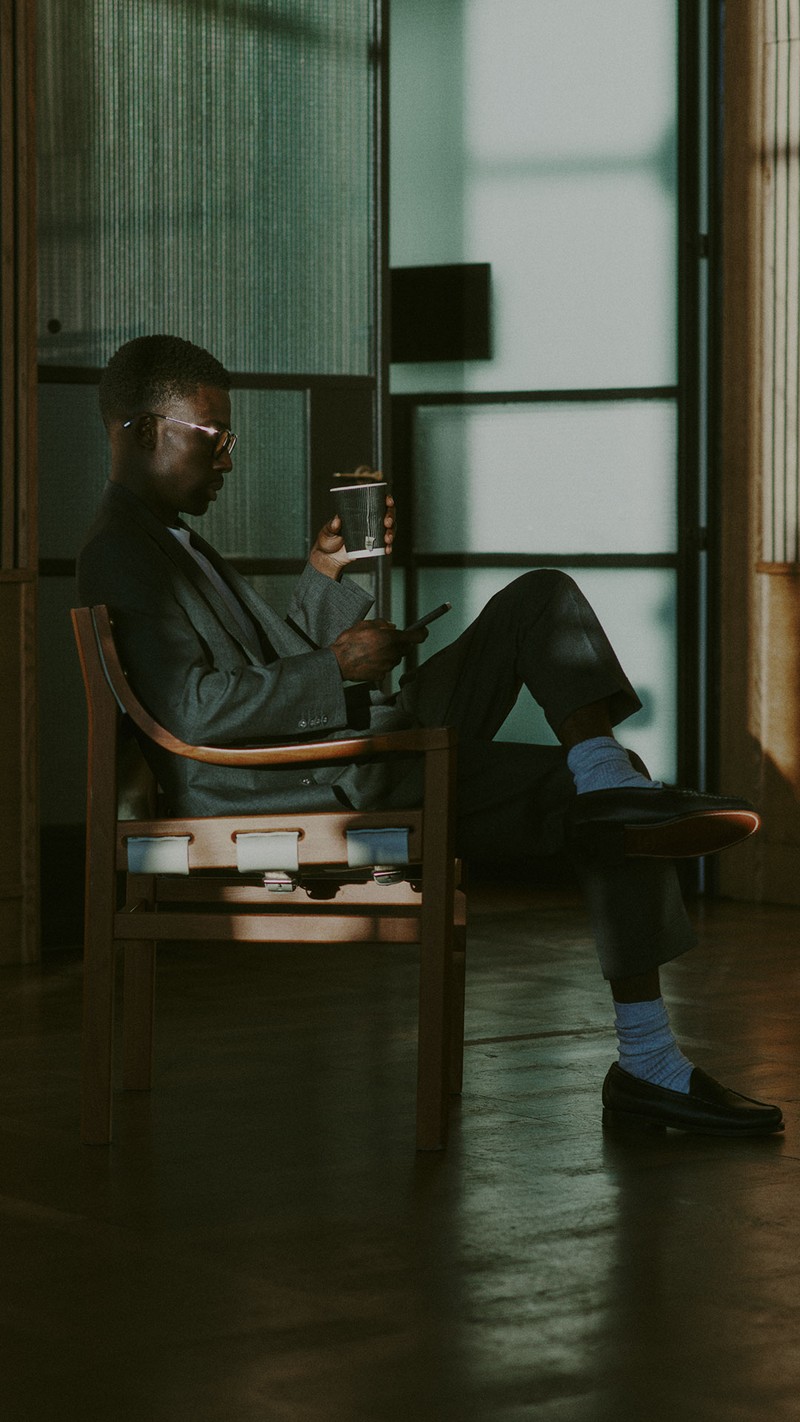
My Life In Fitness: Niko Algieri
I grew up in a family immersed in fitness. My dad was Mr Wales and a karate sensei, my mum a bodybuilder who still teaches five classes a week in her 60s, and my stepdad a world kickboxing champion. I was always active – a black belt in kickboxing at 14, a Welsh high jump champion, and a semi-pro footballer. After a career in advertising, I took a leap of faith, completed a fast-track PT qualification, and haven’t looked back since.
I initially trained as a Pilates instructor. Teaching reformer classes 25 hours a week opened my eyes to the power of movement and how the body is connected. Then I discovered the TRX, and everything changed. TRX is an incredible suspension trainer. It can dramatically increase the challenge of bodyweight exercises, helping you build and sculpt muscle. This strange contraption of straps quickly became my obsession. I brought all my training expertise and Pilates know-how to the table and spent two years standing in Hyde Park – rain, shine or London drizzle – clocking 40 hours a week perfecting my craft. Before long, I wasn’t just a PT. I was ‘the TRX guy’. My schedule was jam-packed with clients who wanted to train with the guy transforming straps into something extraordinary.
Today, I prioritise longevity over vanity. In my 20s, my focus was purely aesthetic. I’m a small-town Welsh boy, so for the first 25 years of my life, it was all chest, arms and back, with football covering leg day. That imbalance caught up with me, especially in terms of mobility. Becoming a PT opened my eyes to the importance of training the whole body. Two moments stand out. First, during a CrossFit course, I learned the hard way that my flexibility was poor. On the first day, they asked everyone to drop into a full squat – I couldn’t even get halfway. This was a huge reality check that made me question everything I was doing with my clients and how I was training myself. Second, a shoulder injury from a risky TRX move sidelined me for months. It reinforced the need to balance risk and reward, and prioritise prehab and rehab in any training programme.
Impossible can mean different things to different people. For years, for me, it was being able to perform a normal bodyweight squat after years of football and zero mobility training. For you, it may be a simple plank or maybe you have higher targets like handstands or push-up pikes. My fitness philosophy is about embracing the impossible – whatever that means to you. It’s about challenging the limits we think we have, whether it’s lifting a weight we thought was too heavy or working towards better mobility. Focus on the basics – strength, endurance and mobility – and everything else will follow.
I plan my own workouts to be laser focused. Every session starts with at least 20 minutes of mobility work – dynamic stretching of the calves, hamstrings, quads and glutes are key for optimal performance. My week is split between legs, chest and arms, shoulders and back, and one full-body session to test endurance and technique. Each workout lasts around an hour, with 70-second rest periods. I train hard when my 43-year-old body allows and go easier when it tells me to. I don’t stretch at the end as I like to keep the mobility mixed in with the workout.
Consistency is key. I’m all for daily rituals because the second I fall out of my regime, the training starts to suffer. My day starts with four eggs, avocado and bacon, followed by a walk to 11th Avenue (I’ve been living in NYC for three years) to grab coffee. I work with clients digitally, staying active with a bike ride or a long walk in Central Park before a gym session in the afternoon. Presher Fitness on West 18th was my favourite gym in the city, but it closed last year. Fortunately, it’s set to reopen sometime this year. I also love Performance HQ on West 14th. Higher Dose, based in the ModernHaus hotel on Grand Street in Soho, is my go-to for recovery. I prioritise sleep – lights out by 10pm – and avoid social media at night, and instead unwind with Netflix or standup comedy.
The biggest mistake guys make in the gym is focusing on half reps. Partial reps involve shortening the range of motion on an exercise, such as only going halfway down when squatting. Many sacrifice form and range of motion simply to lift heavier. Lower the weight, nail the form and you’ll see better results.
Mobility work is underrated. Moving well is far more impressive – and beneficial – than being strong and stiff. Include some form of mobility every day – focus on improving your squat depth and thoracic mobility.
Nutrition is non-negotiable. You can’t out-train a bad diet. Protein is vital for muscle building, but don’t neglect carbs and fats for sustained energy. If you’re training hard, think about how you’re fuelling your body. I finish every workout with 30g of FORM protein in a smoothie and a banana. I also take vitamin D, magnesium and zinc, and if I need a boost pre-workout, I’ll drink a Celsius.
The answer to a fitness plateau is change. If you’re stuck in a training rut, change it up. Switch your training style, increase intensity or weights, or even take a rest week. Variety is the secret to progress, and rest isn’t a bad thing. Over the years, I’ve tested different methods of resting. What’s obvious, having trained hundreds of people in 14 years, is that rest is vital to recovery and gains. Your body will tell you what it needs when it needs it, and if you don’t listen, you’ll pay the consequences. Every time I’ve injured myself in training, it’s been when I was tired or overworked. Recovery is just as important as training.
Check out NikoAlgieri.net and follow @NikoAlgieri
DISCLAIMER: We endeavour to always credit the correct original source of every image we use. If you think a credit may be incorrect, please contact us at [email protected].

